Efforts to prevent AMR in the Johor River Basin
24 November 2022
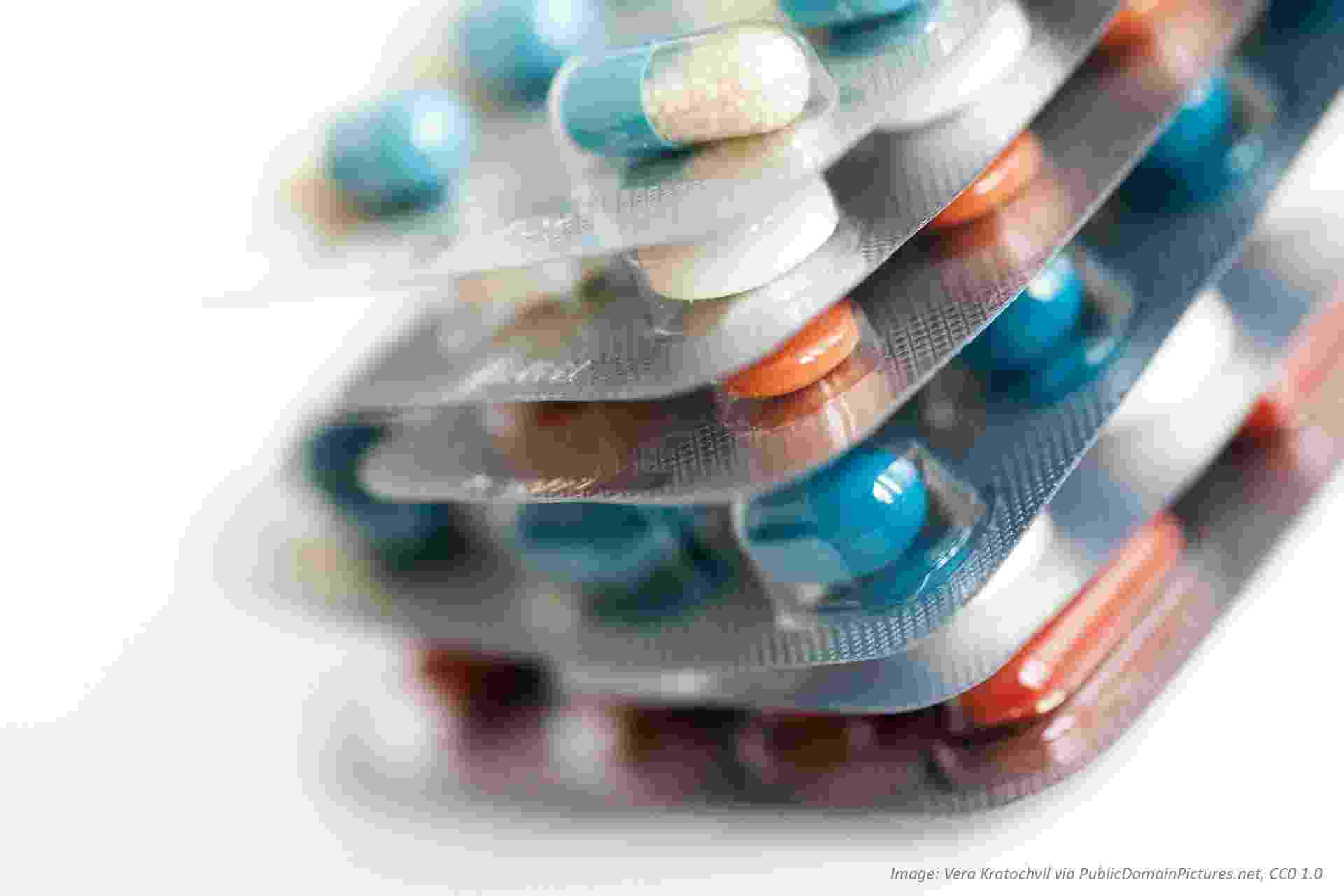

By Dominic Kay, NUMed
The threat of antimicrobial resistance (AMR) as a contaminant of emerging concern has impacted the health of populations throughout the world, jeopardising our capacity to treat many infectious diseases, as antibiotics are becoming less effective to resistant populations. The implications of the spread of AMR are more severe in the elderly, children, and the immunocompromised, in addition to those with underlying health conditions that require treatment with antibiotics.
Several factors worsen or expedite the impact of AMR, including an ever-increasing human population density, poor hygiene and sanitation measures that increases the complexity of disease prevention, and a lack of education resulting in hoarding or overuse of antimicrobials within the population. In clinical and healthcare settings, over-prescribing of antimicrobials, poor infection control, and entrenched methodologies (e.g. limiting courses of treatment to minimum dose & period) contribute to AMR. Agricultural and commercial pressures (including the overuse of antibiotics in plantations, livestock, and fish farming) further compounds the issue, necessitating the discovery of novel alternatives to traditional antimicrobials and antibiotics within these settings.
Flooding and various anthropogenic activities, such as fishing, sand mining, and oil palm cultivation, along with poor and inconsistent river water management, have contributed to a rise in AMR coliforms in the Johor River Basin in Malaysia. This, unfortunately, provides a conducive environment for a plethora of biologically harmful pathogens to strive, multiply, and harm the populace. To date, there have not been any studies that examine in detail the patterns and severity of AMR in the basin.
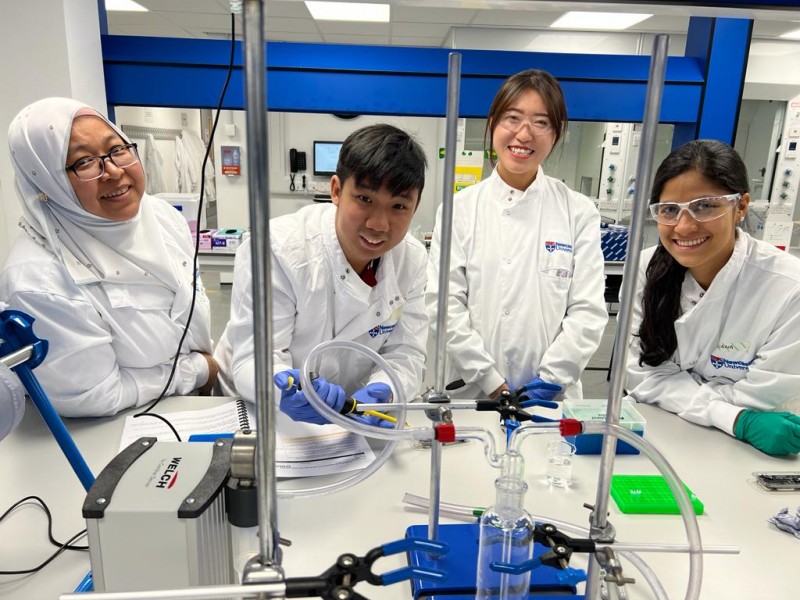
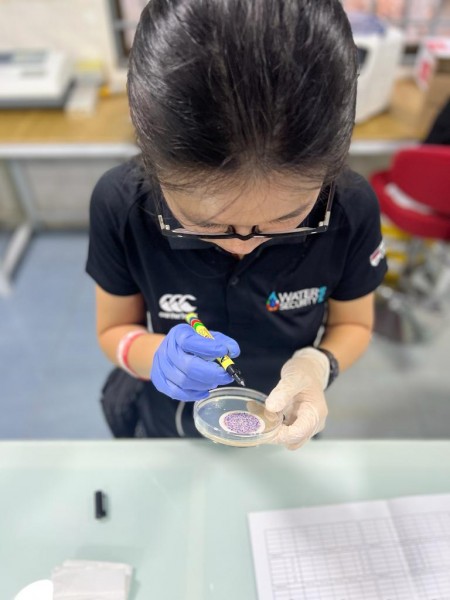
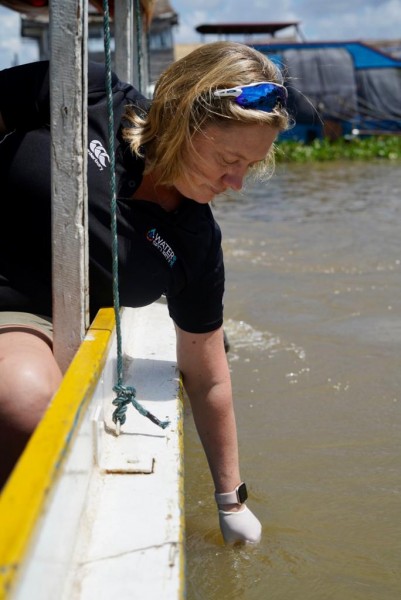
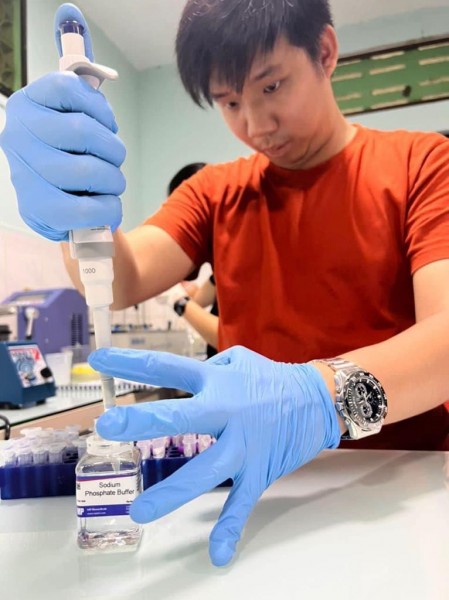
Within the Johor River Basin, NUMed are working to evaluate the levels of microbiological contaminants (including antimicrobial resistant pathogens), define AMR hotspots, track the source of contaminants, and investigate whether high coliform levels impact tap and drinking water of nearby riverside communities. We also aim to evaluate the perceptions of these villages on their water access, sanitation, and hygiene (WASH) practices using validated questionnaires.
For our study, we selected 22 sampling sites along the river, covering areas with a range of different anthropogenic activities and varying land uses. These sites have subsequently been screened for coliform levels and AMR.
We hypothesised that the high levels of AMR coliform originated from malfunctioning wastewater treatment plants, with contributions from leachates of poultry farms, oil palm plantations, and industrial waste discharge. These findings demonstrate the severity and urgency of managing AMR within and by communities living around the Johor River Basin.
The next step is a more focussed study in two selected indigenous settlements directly impacted by the high levels of coliforms and AMR. We will investigate whether the high coliform and AMR coliform levels are reflected in the tap water and drinking water supply within these villages.
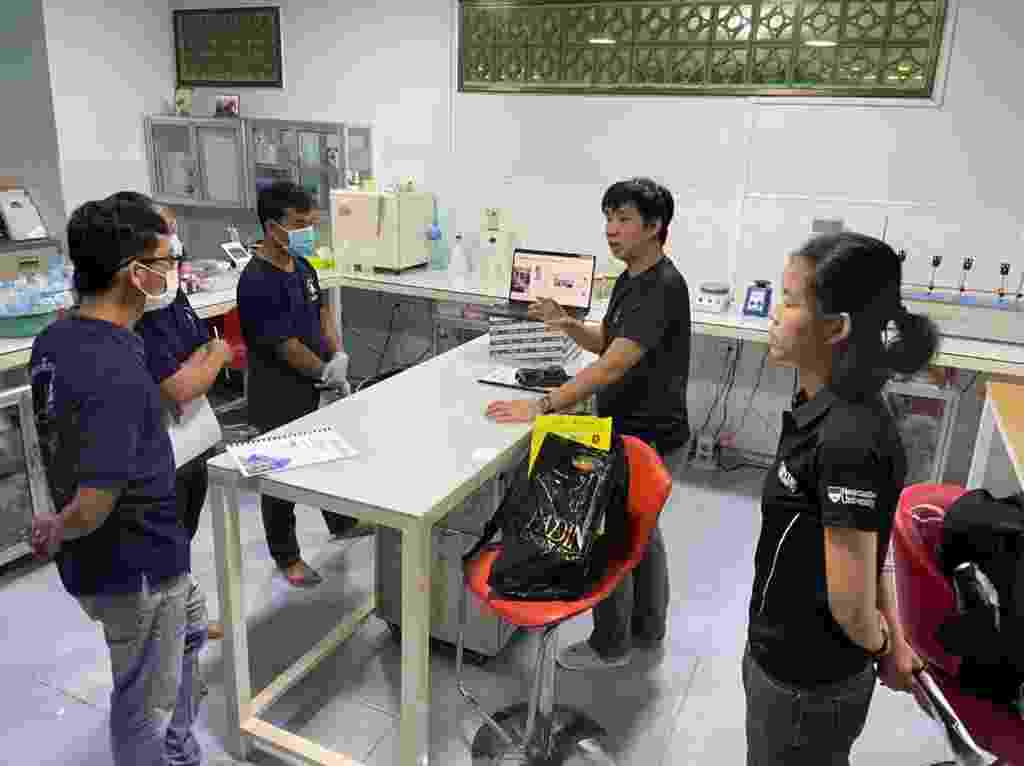

Working together with Water for Cambodia
Looking Beyond Malaysia…
To ensure the replicability of our work in the Johor River Basin, we have selected Siem Reap River and Tonle Sap Lake in Cambodia to test our methodology in microbial water quality monitoring and source tracking.
We are also collaborating with Water for Cambodia, an NGO based in Siem Reap that manufactures and supplies biosand water filters to local houses and schools, as an affordable and sustainable alternative for clean water supply. The organisation has a local diagnostic lab which provides food and water testing services, and the Hub is working closely with them on upgrading the facility’s research capacity.
Using the Hub’s innovative ‘Lab in suitcase’, NUMed researchers delivered a four-day training programme to Water for Cambodia scientists, covering the technical aspects of using the portable metagenomics toolbox and how to screen the microbiological content of their river.
We are also establishing relationships with organisations across low- and middle-income countries in the Association of Southeast Asian Nations (ASEAN). Over the coming year, we will teach basic microbiology and water quality monitoring skills to scientists in other countries that have limited resources, equipment, and skills. Our aim is to create a water quality network, building capacity across the region for integrated water quality methodologies, health assessments, and WASH.

Images:
'Medical pills' by Vera Kratochvil, via PublicDomainPictures.net, CC0 1.0 Universal (CC0 1.0)



